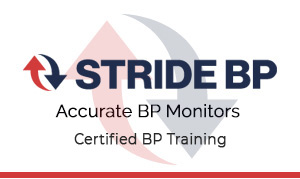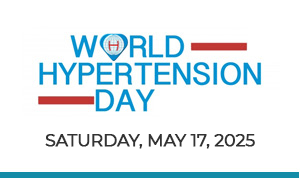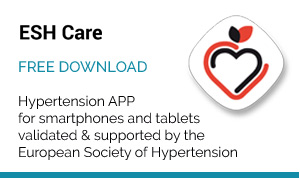June 15, 2006 – The exercise-induced vasodilation characteristic of hypertension was improved with sildenafil, a PDE-5 inhibitor, compared to the control vasodilator verapamil and placebo. This small study conducted in Italy was presented by Dr. T.M. Attina from Catania, Italy in the Clinical Trials session at the 16th European Meeting on Hypertension in Madrid, Spain.
This 3-way, randomized, single-blind, placebo-controlled, forearm blood flow (FBF) study compared 10 hypertensive patients and 10 age-matched normotensive subjects (44-48 years old, BMI 37, total cholesterol 44 mmol/L, blood pressure 170/97 mm Hg in hypertensive group, 123/69 mmHg normotensive group). Maximal voluntary contraction for handgrip exercise was determined at baseline. During the study, the vasodilator response to the handgrip exercise was measured before and after the infusion of sildenafil, verapamil, or saline (control).
Forearm blood flow (FBF) was measured in each arm, and blood pressure and heart were monitored every 10 minutes. The handgrip exercise was performed for 5 minutes at 45% of the baseline maximal voluntary contraction.
The results showed that the increase in FBF was significantly less in the hypertensive group than in the normotensive group. The resting FBF increased significantly with both sildenafil and verapamil compared to placebo, with no significant difference between drugs or groups. In the hypertensive patients, sildenafil produced a significant increase in vasodilation compared to verapamil and placebo. In the normotensive subjects, there was no difference in vasodilation at the three time points.
Cyclic GMP phosphodiesterase (PDE) levels are regulated by specific members of the PDE family. PDE5 is the predominant isoform responsible for cGMP degradation in smooth muscle cells. Recently, selective PDE5 inhibitors have become available for clinical use. Sildenafil is the most well-known and primarily works by slowing the rate of cGMP breakdown and thereby inhibits its effect on smooth muscle relaxation. The study investigators had hypothesized that in the presence of endothelial dysfunction and alterations of the NO system, sildenafil might improve exercise-induced vasodilation in hypertensive patients.
Although this study suggests a role for PDE5 inhibition for improving exercise capacity in persons with hypertension, more study is needed to determine fully elucidate its role and the clinical impact.
FEVER: Addition of low-dose felodipine produces further BP reduction in men and women
June 15, 2006-An additional gender analysis from the FEVER study conducted in Chinese patients with moderately complicated hypertension showed that both men and women whose blood pressure had been reduced with a diuretic received the benefit of an additional blood pressure reduction with low-dose felodipine. This analysis was presented by Dr. Y. Zhang in the Clinical Trials session at the 16th European Meeting on Hypertension in Madrid, Spain.
The Felodipine Event Reduction (FEVER) study included 9,711 patients (39% women) in the intention-to-treat analysis. Baseline blood pressure was 154/92 mmHg in men and 154/90 mmHg in women in the felodipine group and 154/92 mmHg in men and 154/90 mmHg in women in the placebo group.
At 40 months, the addition of low-dose felodipine to diuretic treatment produced a significant blood pressure difference of 4.1/2.2 mmHg in men and 4.4/2.1 mmHg in women compared to placebo (p<0.001). The achieved blood pressure levels in the felodipine group were 138/83 mmHg in men and 138/81 in women and in the placebo group 142/85 mmHg in men and 142/83 mmHg in women.
The results from the main FEVER study showed that even a small blood pressure reduction of 4.2 mmHg was associated with substantial reductions in stroke and most cardiovascular events.






